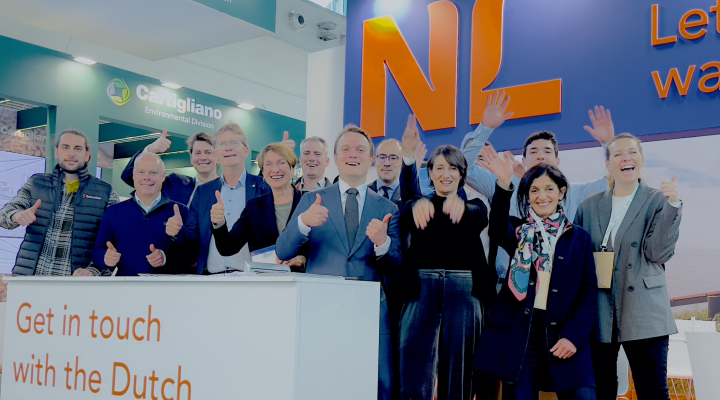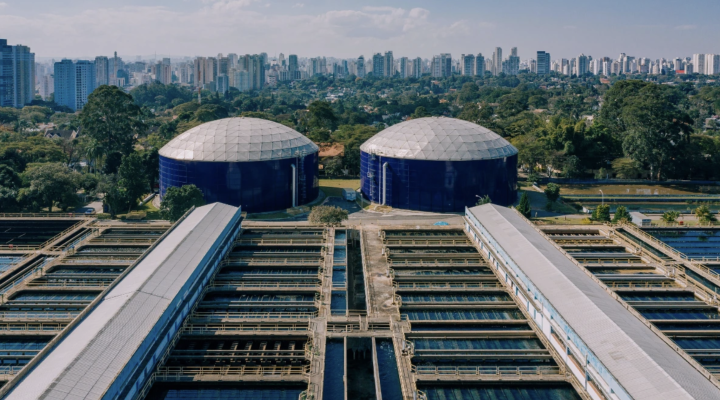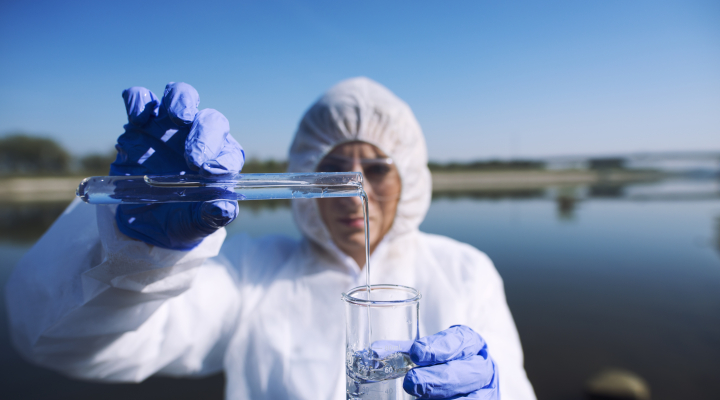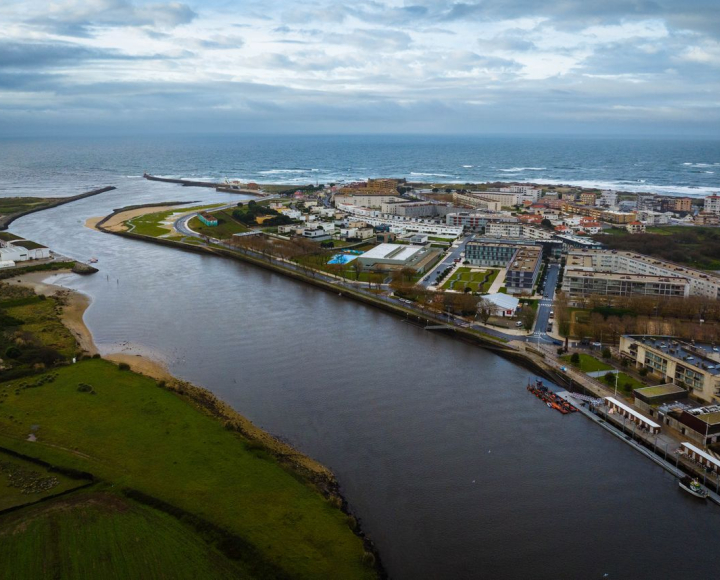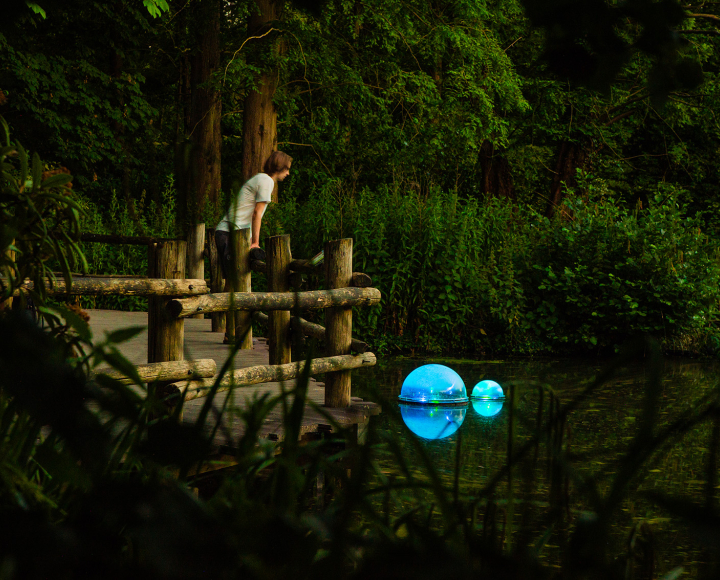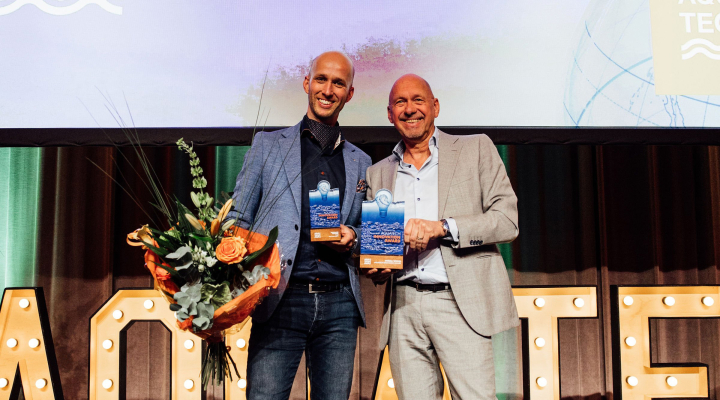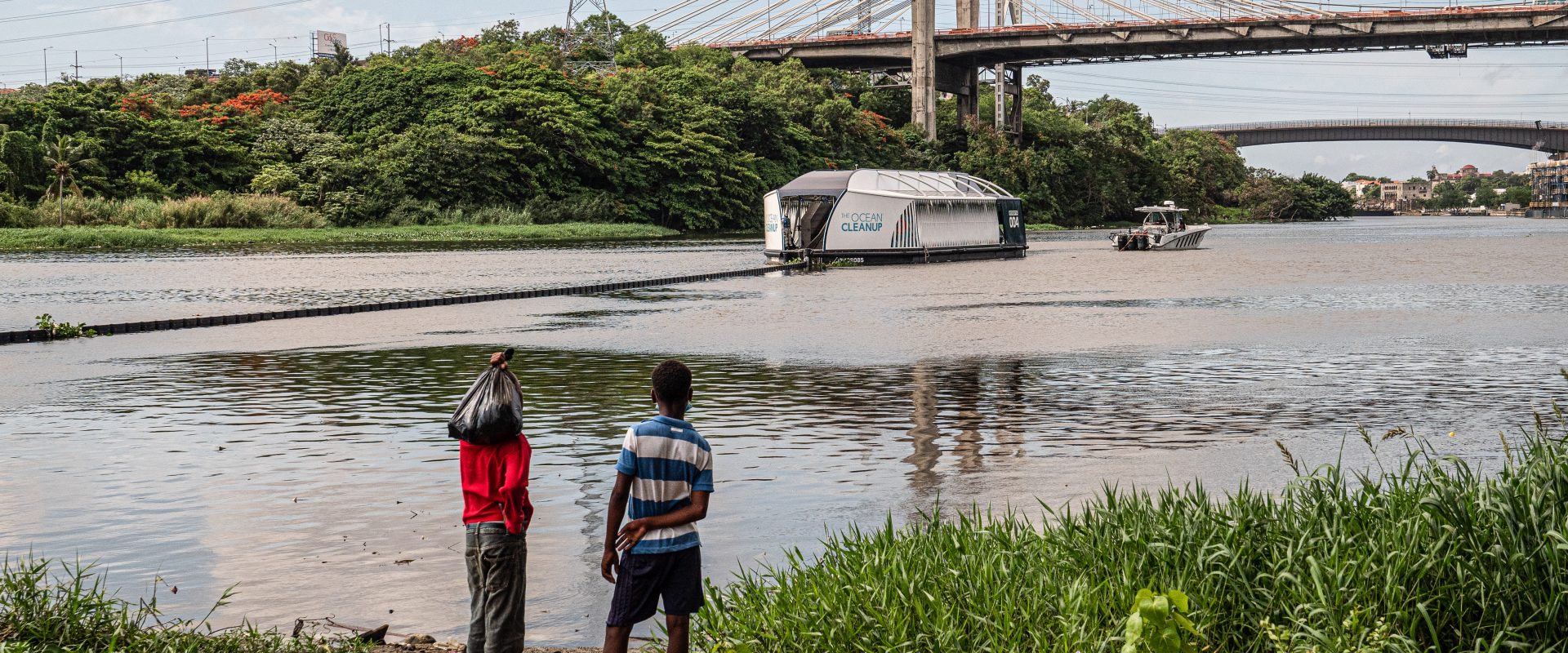
The Ocean Cleanup gears up for production of floating plastic collectors
The Ocean Cleanup and Konecranes announced a partnership to design, manufacture, and service The Ocean Cleanup’s Interceptor, which is designed to extract plastic from rivers before entering the oceans.
Konecranes is building two new designed prototypes of the Interceptor that are easier to deploy and better serviceable.
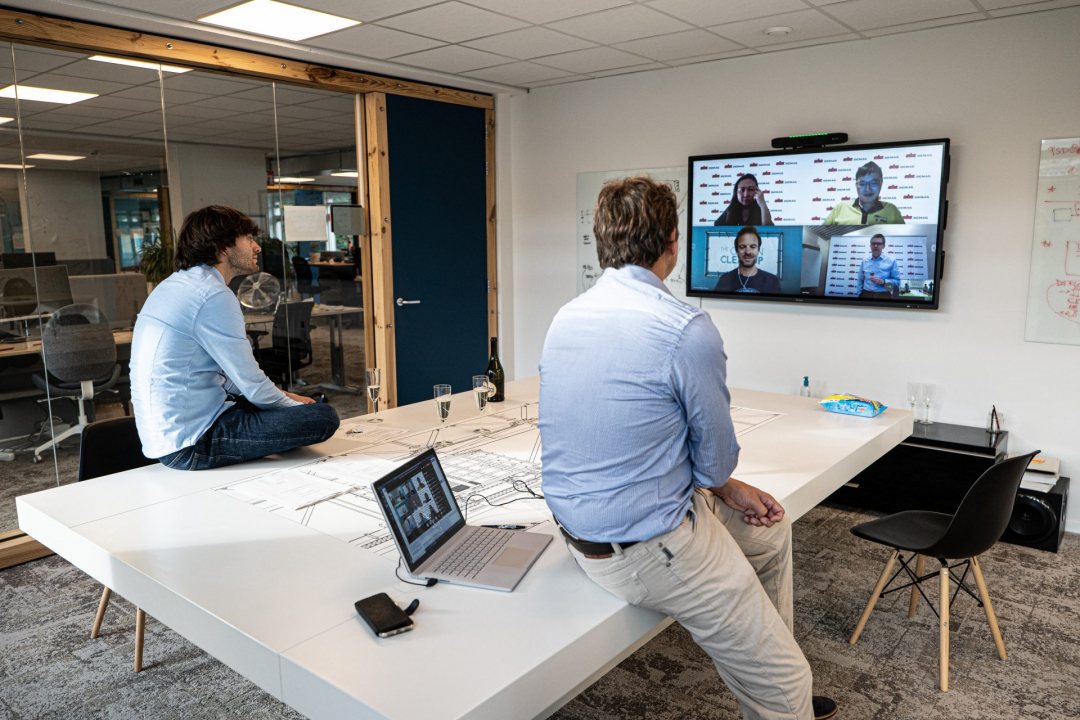

Global scale up
The partnership between the Dutch non-profit that wants to get rid of ocean plastic garbage belts, and worldwide operating Finnish company Konecranes for lifting equipment, is to bring the removal of plastic garbage at river mouths to a larger scale.
Last year The Ocean Cleanup launched its Interceptor floating concept with four prototypes. The organisation has the ambition to collect plastic waste at 1,000 rivers by 2024.
The next 18 months will be crucial for scaling up both the production of the Interceptors as well as financing and organising the operations of all those collectors. According to The Ocean Cleanup founder Boyan Slat, the only ambition for his organisation is to speed up the collection.
‘We are not into this to make profit. We want to be an enabler to maximise the speed up. The coming months we will seek ways that allow us to do things much faster and for that we want to focus on our core capabilities and find those who can help us speed up the deployment as much as possible’.
Konecranes brings in its engineering capacity and its global network. The partnership envisions a production and servicing at an industrial scale.
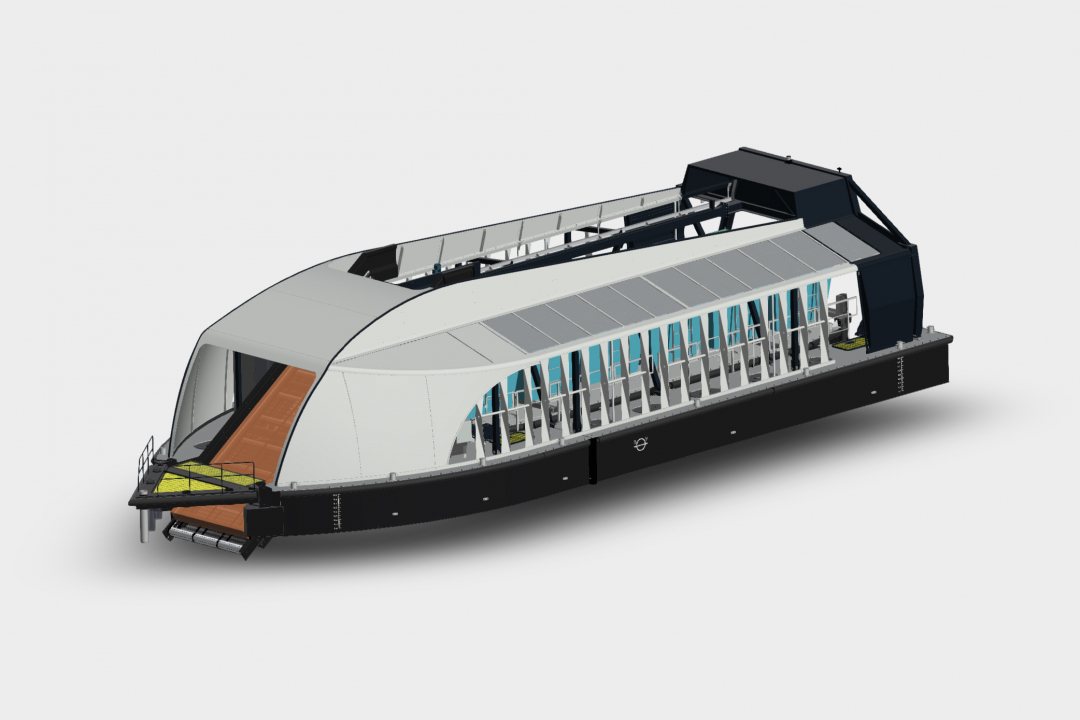

New 3.0 version
The Ocean Cleanup unveiled its Interceptor concept late 2019 and there are currently three collectors deployed in Klang, Malaysia; Jakarta, Indonesia; and Santo Domingo, Dominican Republic. A fourth Interceptor, in Vietnam, has been delayed for deployment and is expected to be launched early 2021.
Over the last year and a half, The Ocean Cleanup has used the insights from these pilot systems to understand and further develop the technology for more efficient mass production. These upgrades include changes to the conveyor belt, shuttle, dumpsters, and barge.
Working together with MHE-Demag, these changes have been incorporated into the 3rd generation design, which is the blueprint for the Interceptors that will be manufactured in 2020 and 2021.
Currently two prototypes of the new version are under construction in Malaysia. Major changes from the previous version have to do with the assembly and serviceability. ‘It is important to keep the collectors running full time and not let plastics pass’, said CEO Rob Smith at Konecranes. ‘We upgraded the service capabilities by improving the drive and control systems. Additionally we improved the frame and catamaran construction. This enables containerisation that makes the units better deployable locally.’
Wider portfolio
The 1,000 rivers identified by The Ocean Cleanup cause 90 percent of the influx of plastic waste from rivers into the ocean. Boyan Slat does not envision the production of 1,000 Interceptors for all these river mouths based on the current design.
‘We see a wide variety of river mouths. In some cases the river is no more than a gully but still with a high plastic discharge. At such locations our current design does not fit. Other rivers have such a high discharge that it will require a more heavier version.’
Slat envisions a portfolio approach.
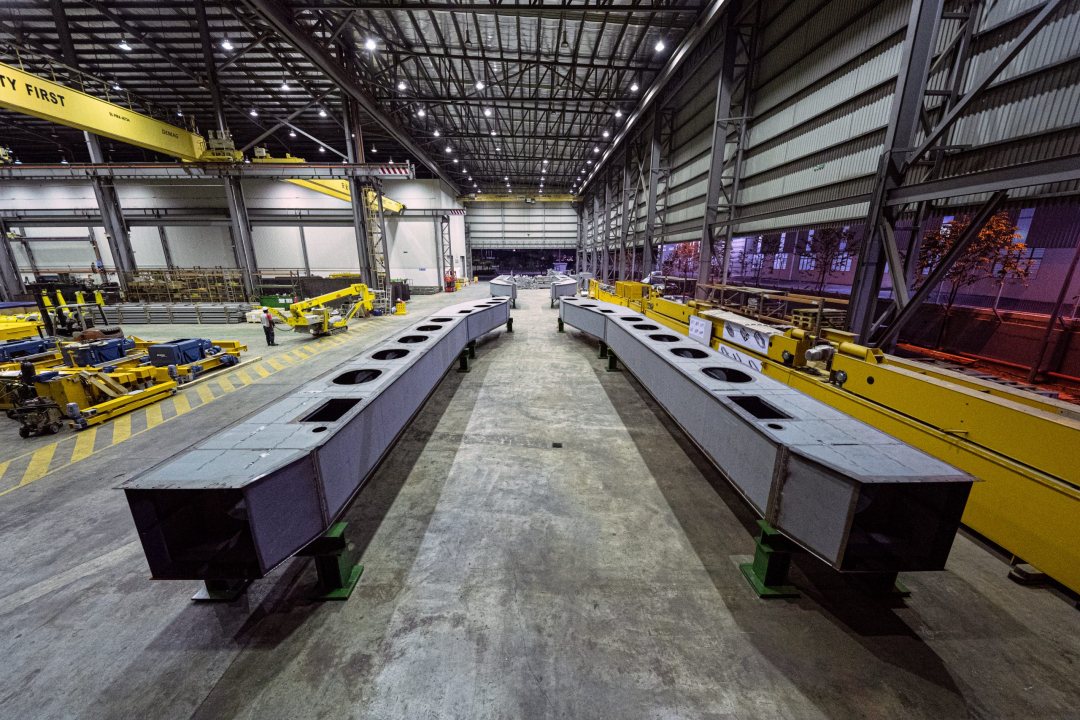

Enough problem owners
The plastic waste floating on rivers and beaches affects tourism, fishery and project development. According to Slat there are enough problem owners to make a business case for a worldwide Interceptor fleet.
Slat: ‘It has proven cheaper to intercept plastic in rivers, compared to doing nothing which results in economic damage. Here is an economic business case for governments to have Interceptors on rivers. Like there is to have garbage trucks on the street.’
The coming 18 months The Ocean Cleanup and Konecranes hope to get a hand full of 3.0 version Interceptors running. The new experiences are expected to provide a more clear view on the costs and benefits as well as the required partnerships to scale up.
Decades to come
Slat sees the clean-up of the oceans as a project with a clear beginning and end for the organisation. Yet, he expects that it will take decades before there is a final solution.
‘It will take decades before the world has completely moved to truly biodegradable plastic for every single use application and that the economics of recycling will be fully worked out. With our Interceptors we buy time and bridge the gap’.




